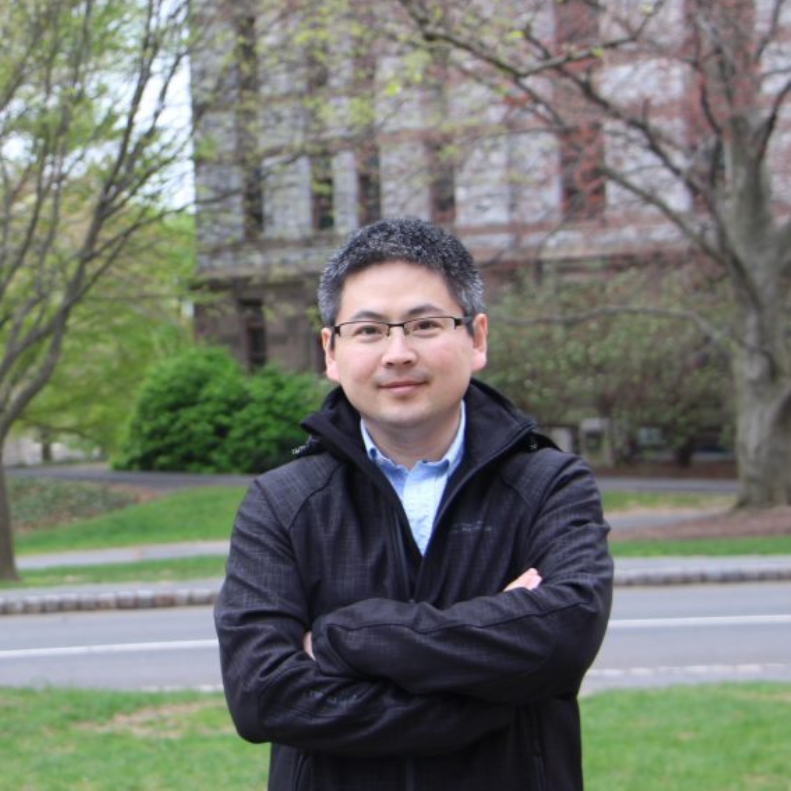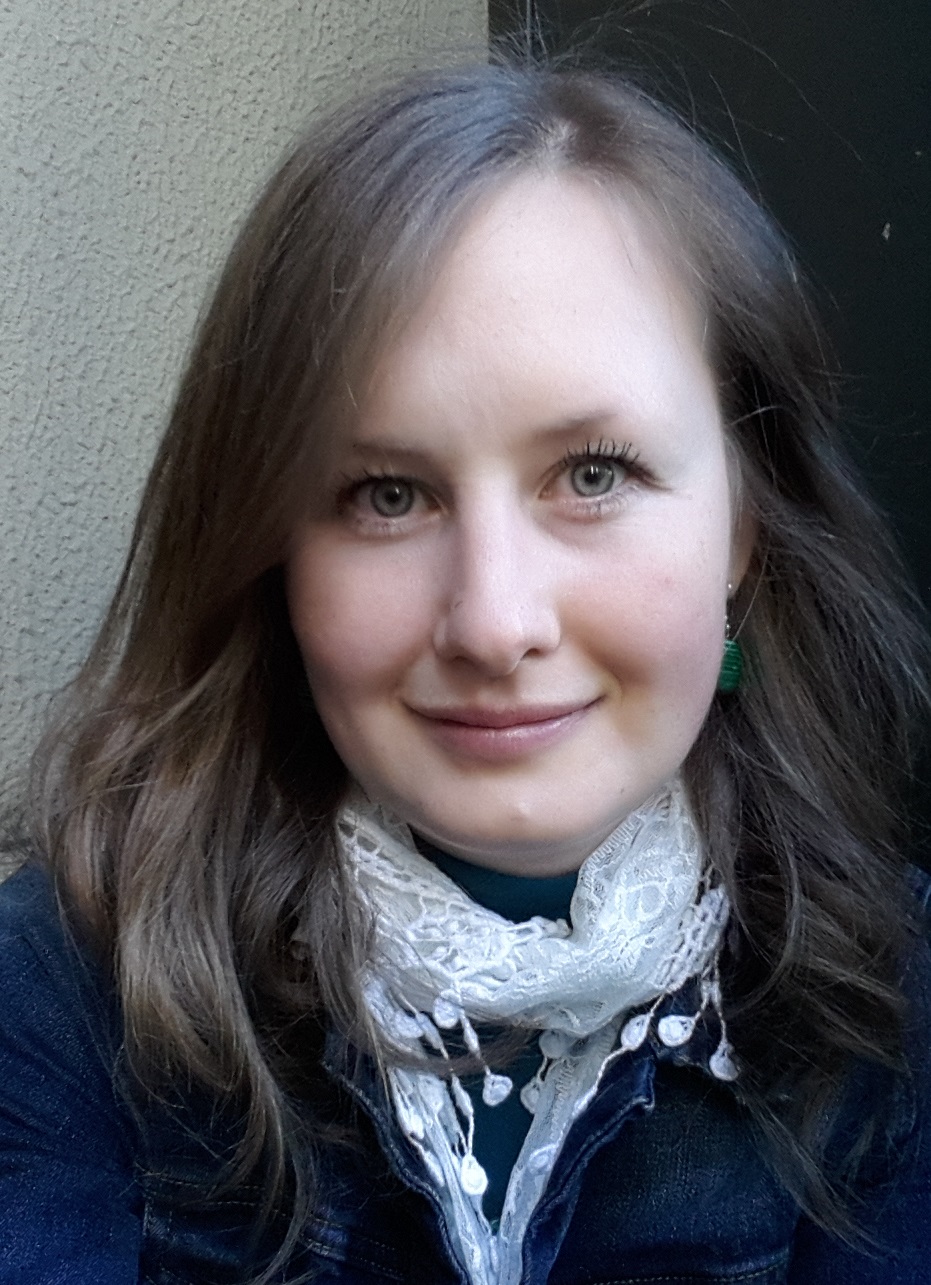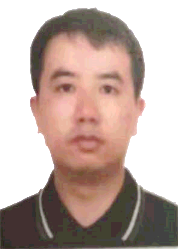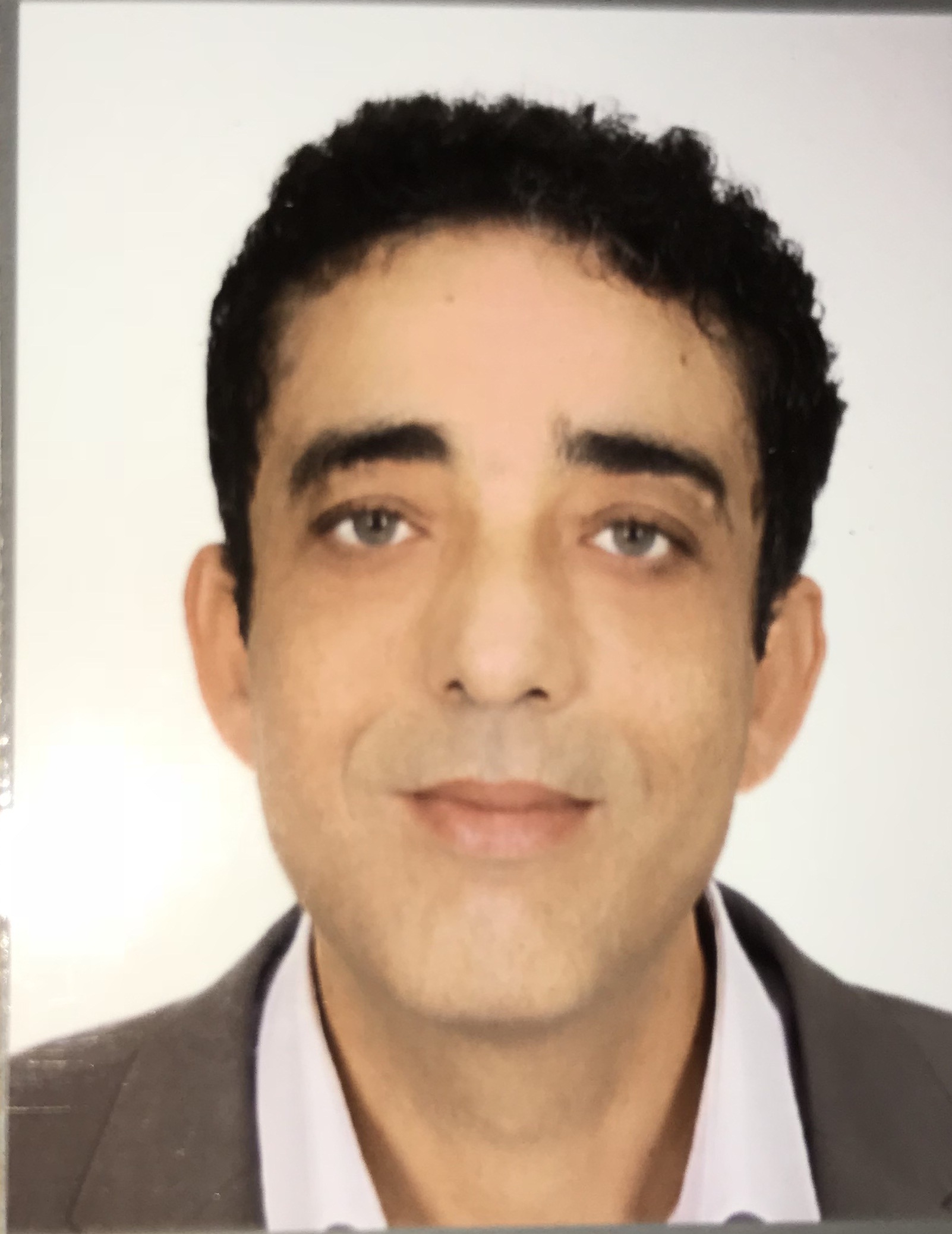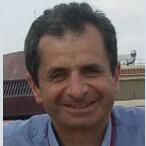Invited Speakers
Prof. Tatsuhiko Aizawa
Director, Surface Engineering Design Laboratory,Shibaura Institute of Technology, Japan
Speech Title: Anti-Galling β-SiC Coating Dies for Fine Cold Forging of Titanium
Abstract:
Aims: Pure titanium wire was forged in dry and cold without galling to β-SiC coating dies up to the reduction of thickness by 35%.
Methods: β-SiC coated SiC die and punch were employed for forging of the titanium wire to a triangular bar. SEM-EDX and Raman spectroscopy were employed for characterization on the contact interface between SiC coating punch and titanium work after continuous cold dry forging.
Results: SEM-EDX analysis on the contact interface proved that no galling took place during this cold forging. Thin titanium oxide film was formed on this contact interface. Low frictional state was preserved during the flattening process from a circular wire to a triangular bar. Raman spectroscopy proved that unbound carbon could isolate from β-SiC coating at the high stressed contact interface.
Conclusions: The pure titanium circular wire was forged into triangular bar without metallic titanium transfer onto β-SiC coating punch and die. Titanium oxide debris particles deposit onto the β-SiC coating punch surface and form a thin tribofilm onto the punch surface in the radial direction from the center of contact interface. Carbon agglomerates at this high stressed zone and works as a solid lubricant to hinder the adhesion of titanium fresh surface to β-SiC coating die surfaces.
Acknowledgements: The authors would like to express their gratitude to Mr. S. Kurozumi (Nano-Coat Film, LLC.) Mr. T. Yoshino (Komatsu-Seiki Kosakusho, Co., Ltd.) for their help in experiment.
Dr. Bing Wang
School of Mechanical Engineering & Automation, Fuzhou University, ChinaSpeech Title: Multiscale shear failure mechanisms of a bistable composite tape-spring
Abstract:
Aims: A bistable composite tape-spring (CTS) is stable in both the extended and coiled configurations. The factors governing its bistability have been well-understood, but there is limited research concerning the mechanics of structural failure. Since fibres are oriented in ±45˚, axial tension or compression of the CTS corresponds to its shear behaviour. Here, we investigate the multiscale shear failure mechanisms of the CTS.
Methods: We perform in-situ neutron diffraction on composite specimens using the ENGIN-X neutron diffractometer at Rutherford Appleton Laboratory (STFC, UK), and shear failure is characterised at both macroscopic and microscopic scales.
Results: There are clear observations of microstructural phase changes upon straining. The elastic and viscoelastic strain evolutions infer the shear failure mechanisms of the CTS, which is temperature-dependent. The premature failure of crystalline regions correlates well with the macroscopic shear failure. The load-bearing efficiency of the crystalline regions varies with temperature: crystalline regions carry 100% of loads at −180 °C since the molecules are ‘‘frozen’’, and have zero load capability at 165 °C as when approaching the melting temperature of the matrix.
Conclusions: Elastic and viscoelastic strain evolutions at different strain levels reveal the fundamentals of micromechanical shear failure, and their temperature dependency. Multiscale shear failure mechanisms are then proposed, which will benefit the optimisation of structural design to maintain structural integrity of CTS in aerospace applications.
Acknowledgements: We thank the financial support from Innovate UK (Grant No. 113077, RG82506), in close partnership with SAFRAN Landing Systems. The award of the ENGIN-X beamtime (RB1910213) from the Science and Technology Facilities Council (STFC), UK, is also acknowledged.
Dr. Anastasiia Krushynska
Engineering and Technology Institute Groningen,Faculty of Science and Engineering, University of Groningen, the Netherlands.
Speech Title: Wave attenuation and waveguiding in 3D phononic meta-structures
Abstract:
Aims: Manipulation of low-frequency mechanical waves and vibrations is challenging, yet highly desirable for multiple applications in different engineering fields. This work proposes several three-dimensional configurations of architected materials capable of strongly attenuating or waveguiding waves in broadband low-frequency ranges.
Methods: The design principle of the wave-attenuating meta-materials implies activation of one or several wave scattering mechanisms by changing structural parameters of cellular configurations. The latter are composed of periodic identical cubic blocks and beams. Variations in the beams thickness and inclination angles enables generating extremely broadband band gaps estimated by means of the finite-element method. The wave-guiding meta-materials are obtained by creating an arbitrary curved wave-path represented by unit cells of one of the developed designs inside the other meta-structure.
Results: The proposed approach provides a reliable way to achieve strong omnidirectional mechanical wave attenuation or path-independent waveguiding by means of compact meta-structures. The numerical results are corroborated by a good agreement with experimental measurements on additively manufactures meta-material samples.
Conclusions: The developed approach opens a way to a more general concept to design compact, easy-to-manufacture cellular materials capable of excellently controlling low-frequency waves in broadband regimes. These meta-structures can act as acoustic or mechanical filters, sensors, be used in non-destructive evaluation or other engineering devices.
Acknowledgements: This research is supported by the start-up grants of the FSE at the University of Groningen. The manufacturing of 3D-printed samples by Dr. T.C. Pijper (Philips Drachten, the Innovation Cluster Drachten, The Netherlands) is acknowledged.
Dr. Yazhou Xu
School of Civil Engineering, Xi’an University of Architecture and Technology, ChinaSpeech Title: Numerical Method of Fretting Fatigue based on Wear and Continuum Damage Mechanics
Abstract: Aims: This paper aims to obtain a high-precision numerical simulation method of fretting fatigue process by considering wear.
Methods: Continuum damage mechanics combined with wear is used to solve the fretting fatigue process, including crack initiation and propagation.
Results: Considering the wear, the maximum equivalent damage stress in the initiation stage and the stress intensity factor in the early stage of propagation are reduced. Total life results fall within the scatter bands of .
Conclusions: The numerical calculation method of fretting fatigue considering wear has high accuracy, especially when the number of cycles is large. At the same time, wear changes the geometry and stress state of the crack. Compared with the numerical method without considering wear, wear inhibits the initiation and propagation of cracks and increases the fatigue life.
Acknowledgements: This research is supported by the National Natural Science Foundation of China (Grant No. 51578444).
Dr. Maher Abdelghani
Associate Professor of Mechanical Engineering, University of Sousse, TunisiaSpeech Title: Physical Only Modes Identification using the Stochastic Modal Appropriation Algorithm (SMA)
Abstract: Recently the author proposed a new In-Operation modal identification algorithm, namely the Stochastic Modal Appropriation algorithm (SMA) which identifies the frequency and the damping ratio simultaneously in a single step. The key idea is to rotate parametrically the outputs correlation sequence so as it looks like the system impulse response.
We show in this work that SMA rejects automatically harmonics as well as spurious/numerical modes leading therefore to physical-only modes identification. After a mathematical proof, the method is validated on a simulated example.
Dr. Mikhail Itskov
Professor, RWTH Aachen University, GermanySpeech Title: Modelling of Multiaxial Damage in Double Network Hydrogels
Abstract:
Aims: Relatively poor mechanical properties of conventional hydrogels can considerably be improved by adding a stiff and brittle network into a soft and flexible polymer. The aim of the present contribution is to develop a constitutive model for so synthesized double network hydrogels. Of special interest is the multiaxial damage cross-effect which should also be taken into account.
Methods: We consider a somewhat complex interplay of both networks and propose a micromechanical model of double network hydrogels. Accordingly, the directional fracture of the first network results from cumulative damage in all directions. The model is based on an analytical network-averaging concept which generalizes a onedimensional chain model to the three dimensions without numerical integration.
Results: The proposed analytical model includes very few physically motivated material parameters and demonstrates good agreement with comprehensive multidirectional experimental data.
Conclusions: The proposed model forms a solid basis to further study various multiphysical effects in double-network hydrogels and in particular swelling.


